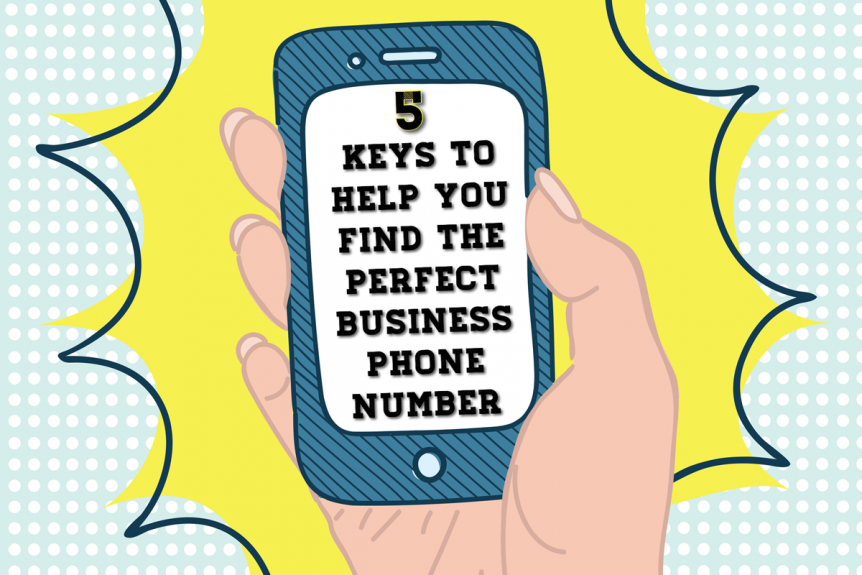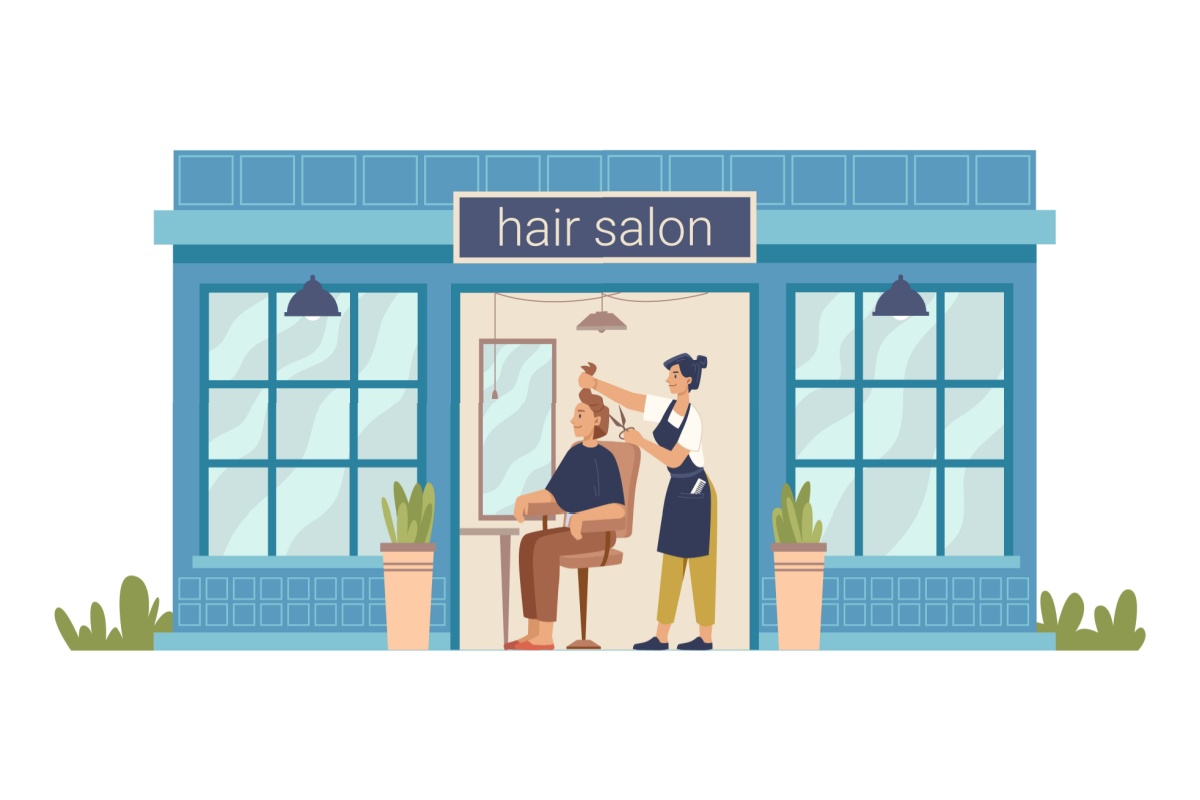Choosing a new phone number for your business can drive you crazy, as there are so many options and factors to consider when you want it to be just right. There are a few guidelines, however, that you can use to save yourself time and frustration while looking at options for your new business number.
First off, if you already have a number that you’ve been using for your business, then there’s no reason you should have to trash it and get a new one. Many new business owners feel that they need a separate number for the business because they’ve been using a cell phone or landline number up until now.
That’s not a great idea if any of your customers already have the original number, and even if you don’t like it, an established number is better than a brand-new number that people will have to relearn. If you do need a new phone number, though, take these guidelines into account as you make your choice.
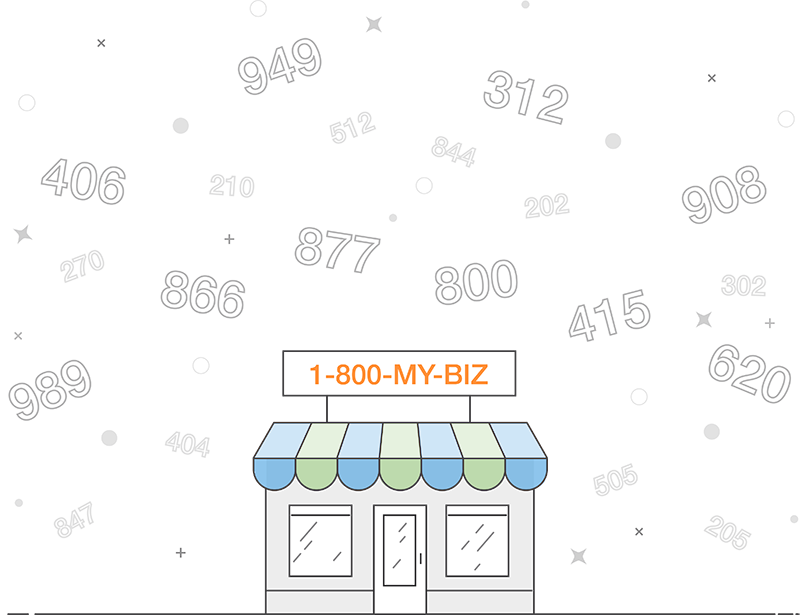
Local or Toll-Free?
Whichever type you’re leaning towards, you’re going to be okay either way because both toll-free and local numbers have their advantages. The easy choice is a toll-free number. Not only can you pick a toll-free number more quickly because the area code options are limited, but they come with the built-in feature of being free for anyone who calls you.
It’s also a good choice for positive marketing, as it gives your business the general feeling that you have a big, national company, as opposed to the local feel that you get from a local area code. That’s not necessarily a bad thing, though. Choosing a local area code gives customers the impression that you serve a community, which can inspire trust in your company. Also, the people who actually live in the same area code as your own phone number will feel a sort of connection with your business.
So, it is an important choice to make between local and toll-free numbers, but is there any reason why you can’t do both? It’s not uncommon for a business to have a local, as well as a toll-free phone number where people can reach them. If you prefer, you can go that route and have the best of both worlds.

Find the Simplest Number Possible
As we go on, just keep in mind that there really is no need to stress yourself out about mistakenly picking the wrong number for your business. If you have a great product that people really want, they’re going to use whatever number you give them, honestly, and they’ll find a way to save the number.
If you want people to remember it, though, and make it easier for them, then the best way to do that is to make your phone number as simple as it possibly can be. Whomever is the provider or vendor supplying the phone number to you will usually run a search for whatever you request, and when they do this, ask them to search for a number with repeating digits or the fewest digits possible, such as “3434” or “1122”, and so on.
Depending on the provider, the level of detail that you can request may be limited, so it might be a good idea to come up with some options beforehand and ask them to search for certain specific combinations. The more random your phone number is, the harder it will be for the customer to remember; but the simpler it is, the better, because it’s more likely to stick in someone’s head.
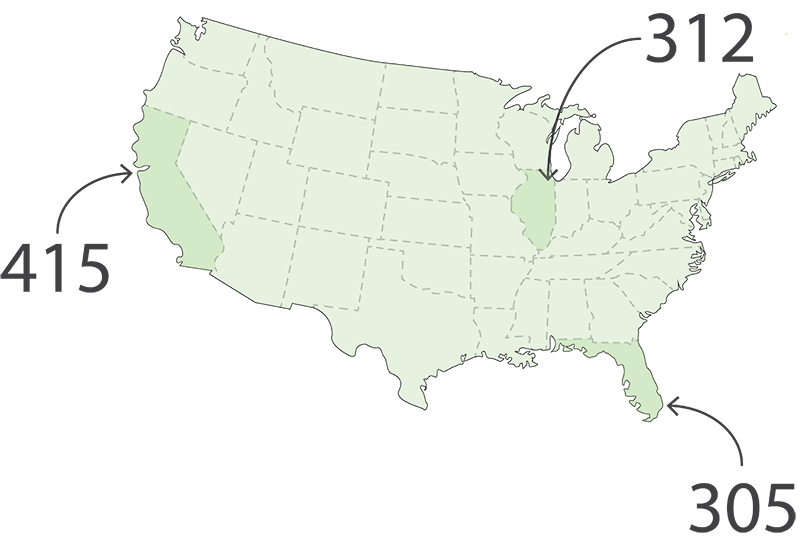
Choose the Local Area Code of the City Near You
If you are already based in a major city, then that local area code will obviously be one of your first choices; however, if you’re not actually based in a large city but there’s one nearby, then picking the primary area code of the biggest city near you is a good strategy to register the optimal area code.
Doing this will ensure that more people can identify with your business as local to them. The basic idea is that if your business has a phone number with the area code of your exact location, but that location happens to be in a small or remote town, then new customers won’t have any idea where you’re located. When you have the area code of a big city, everyone in that area will feel as if you’re right in their neighborhood.
It’s just one factor that you can take into consideration when choosing your business number; obviously not a critical factor but one that can definitely make a difference. There isn’t much use for an area code that no one has ever heard of.

Your Prefix Doesn’t Have to Be Local
If you’ve decided to go with the option of using a business number with a local area code, rather than a toll-free one, you’ll come to the point when you need to decide on a prefix (the first 3 digits following the area code). You might feel that you have to pick one that is perfect for where you’re located, but it’s not the most important point that you make it that specifically local.
You’re not going to lose customers because those 3 digits don’t match their own. Rather than stressing over finding a number that has the specific prefix of the town or area where your business is based, it’s better to just focus on picking the most memorable prefix, in the same way as you do for the rest of your number.
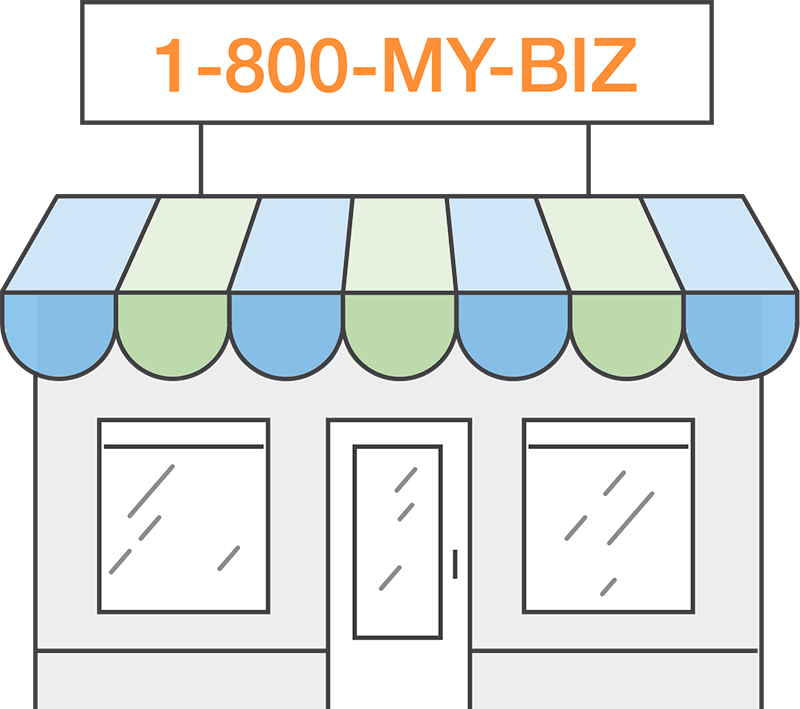
Search for Creative Vanity Numbers
If you want a vanity number for your company, then it narrows down what options you have to choose from, which is obviously good, as you will probably spend far less time searching for the right one. Your service provider may help you with your search, too. They will only ask that you give them a couple of words or terms to spell out in the number, so they can run a search to see which ones are available.
A vanity number is a tool that you can use to help customers remember your business number by spelling out a term, rather than numerical digits. It might look something like, “1-800-TAX-HELP”, for example; but that’s most likely already taken because it’s a common industry and a very predictable term.
You can try if you like to secure something that mainstream, which you might actually get if you’re lucky. It’s more likely, though, that someone already registered it; so, there are a couple strategies you can employ to get a vanity number that you are happy with and no one else currently has.
Firstly, get creative and try to come up with terms that either mean the same thing as, or are related to your first choice. They can be just as catchy, applicable to your business, and most importantly, nobody else thought of it. Instead of “TAX-HELP”, you might try to get “GO-TAXES”, or “OHMYTAX”, or something else that’s similar. There’s a much better chance that it’s unregistered if you take a little time to think of creative alternatives.
One more way to find the right vanity number is to simply try a different area code. First of all, if you’re using your own local area code, there’s a greater likelihood that even a premium vanity phrase hasn’t been taken for that area. If you are set on getting a toll free vanity number, then you should try an alternate toll free code. There are almost no “800” area codes left anymore, but that isn’t the only toll free code. There are also: 888, 877, 866, 855, 844, and 833. You’ve got a very good chance of getting an “833” code because those have only recently been released.
Hopefully, these few tips will help as you select your business phone number, which you’re no doubt agonizing over. Just remember that, as a memorable number can be a good advantage for retaining new customers, if you have a great product, people will make sure they know the number where they can reach you. The best strategy you can use when searching for the perfect business number is to choose the simplest one possible. There’s no need to make it complicated.

Stephanie
Stephanie is the Marketing Director at Talkroute and has been featured in Forbes, Inc, and Entrepreneur as a leading authority on business and telecommunications.
Stephanie is also the chief editor and contributing author for the Talkroute blog helping more than 200k entrepreneurs to start, run, and grow their businesses.
